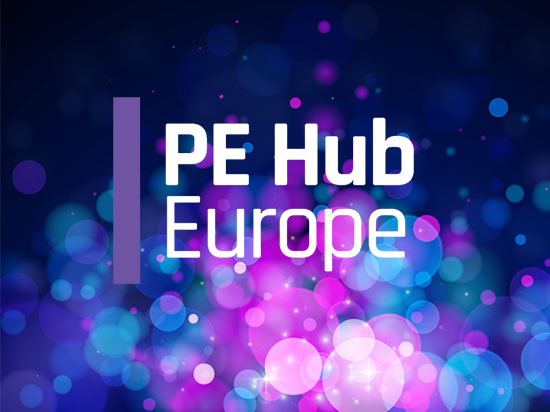The Funding: Why VCs are so bullish on the TON token
Last week, I broke the scoop that Pantera Capital was raising money for a second investment in the  TON
TON
+1.68%
token, shortly after making its largest investment in its 21-year history in the token earlier this year. Upon further investigation, I found out Pantera Capital wasn’t alone in this.
Kingsway Capital’s biggest token holding to date is also the TON token, its founder and CEO Manuel Stotz revealed to me (not previously reported). Kingsway started buying the TON token well before Pantera, over two years ago, Stotz said.
Ryze Labs, formerly Sino Global Capital, is also heavily invested in the TON token. Its founding and managing partner, Matthew Graham, disclosed to me (again, not previously reported) that Ryze has been a “large buyer” of the TON token “for some time now.”
Animoca Brands started buying the TON token when it was valued below $1, its co-founder and executive chairman Yat Siu told me. The firm then kept buying the token at $1, at $1.50, and at $2, Siu said. TON is currently trading at around $7.65 and has become the ninth-largest cryptocurrency by market cap. Animoca is also the largest validator on The Open Network, or the TON blockchain, Siu said.
These investors are drawn to the TON token mainly because of the TON blockchain’s unique and exclusive integration with Telegram, the messaging app giant with nearly 900 million monthly active users. “The TON token, to me, is a distribution play,” Siu said.
As a game developer and publisher, Animoca sees the TON blockchain’s integration with Telegram as a tool to onboard hundreds of millions of users to web3 and eventually a billion people, Siu said. Some recent games like Notcoin and Hamster Kombat, built on the TON blockchain and accessible through Telegram as mini-apps, have found strong uptake.
Galaxy Ventures’ General Partner Will Nuelle also expressed bullish sentiments on the TON token long-term, citing its potential to facilitate payments among a massive user base and future financial applications through the Telegram app.
Nuelle said the TON network, with its “massive built-in distribution,” is a “great candidate” to develop Layer 1 network effects, driving overall interest in the TON token. When asked if Galaxy Ventures has invested in the TON token, Nuelle said, “Galaxy is generally involved with major ecosystems across a myriad of its business lines.”
Ryze Labs’ Graham said the TON network’s evolution towards a WeChat-like ecosystem of mini-apps, combined with crypto features, presents a substantial opportunity. He noted that recent developments, such as the use of the TON token for ad payments, creator payouts, and in-app USDT stablecoin peer-to-peer transactions, have led to further growth.
Graham claimed that TON and Solana could challenge Ethereum’s dominance in the future. However, he acknowledged the TON ecosystem is still in its early stages, with many core primitives yet to be developed. Plus, the available development tools, frameworks, and libraries are not as robust as those of more established blockchains, he said.
Nuelle also pointed out a key concern for the TON network: it is too opaque. He said he would encourage developers to continue building out its block explorer and on-chain data providers and capabilities.
Fueled by Telegram’s massive user base and substantial investor backing, the TON token has reached an $18.8 billion market cap. With such a high valuation for quite a nascent ecosystem, the token certainly has high expectations to meet.
‘The single biggest risk of TON’
The success of the TON network and its token is largely dependent on Telegram. While Telegram’s massive user base is seen as its biggest advantage, according to Animoca’s Siu, this dependency also presents a risk.
Telegram relies on distribution through Apple and Google. These tech giants could potentially disapprove of Telegram’s integration with the TON network and its token, which Siu identifies as “the single biggest risk from a system standpoint.”
Additionally, Siu added that there is the risk of regulatory scrutiny on the growing TON network and its token.
Disclaimer: The Block is an independent media outlet that delivers news, research, and data. As of November 2023, Foresight Ventures is a majority investor of The Block. Foresight Ventures invests in other companies in the crypto space. Crypto exchange Bitget is an anchor LP for Foresight Ventures. The Block continues to operate independently to deliver objective, impactful, and timely information about the crypto industry. Here are our current financial disclosures.
© 2023 The Block. All Rights Reserved. This article is provided for informational purposes only. It is not offered or intended to be used as legal, tax, investment, financial, or other advice.














